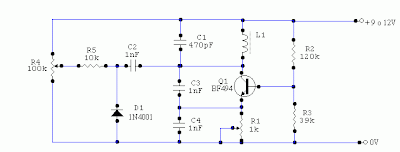By Matt Warman The more I’ve used HTC’s flagship One, the more I’ve liked the phone that many believe is the best Android device on the market. After initial problems with battery life, it’s been improved to become the only really premium Android design available – certainly the only one that feels sullied if you put a case on it. Lovely in the hand, its metal and glass design is complemented by a good camera and a great screen. While Samsung’s Galaxy S4 has far more features, the One’s metal beats its plastic and the Sense software feels coherent. There’s not a lot in it, but HTC is still a real competitor to the South Korean behemoth. Now, like Samsung, HTC has produced a Mini version of its flagship device. Like the S4 Mini, the One Mini has a slower processor, a 1.4Ghz dual core, less storage at just 16GB and a lower resolution display. But it retains Blinkfeed, the social aggregator that combines all your news and social feeds into one place, the Boomsound speakers, and the ...












